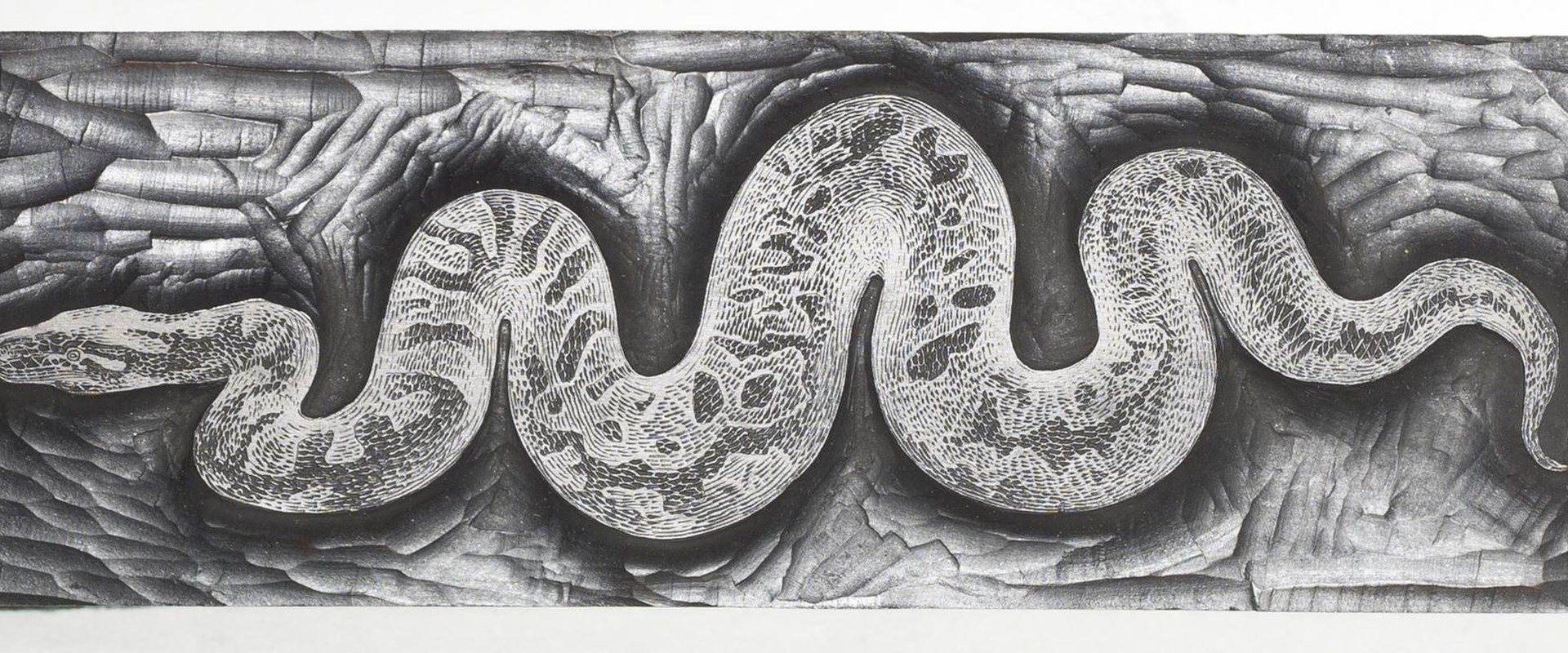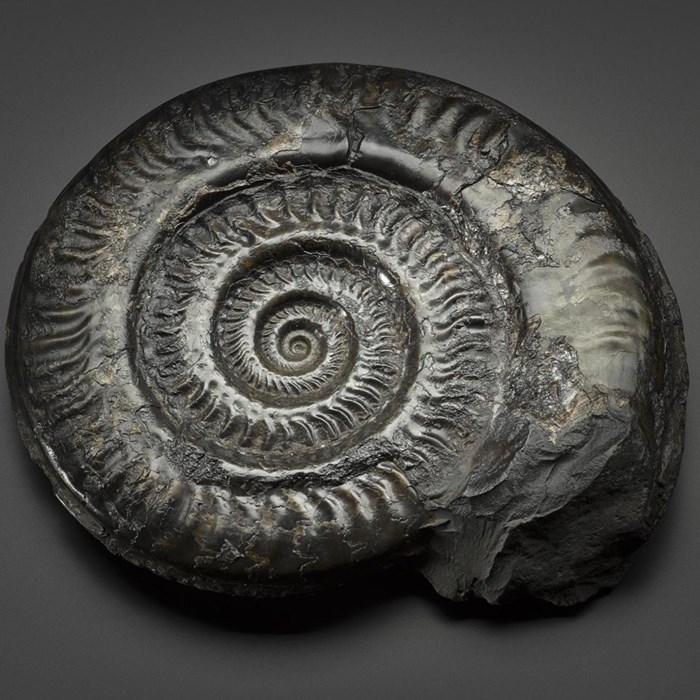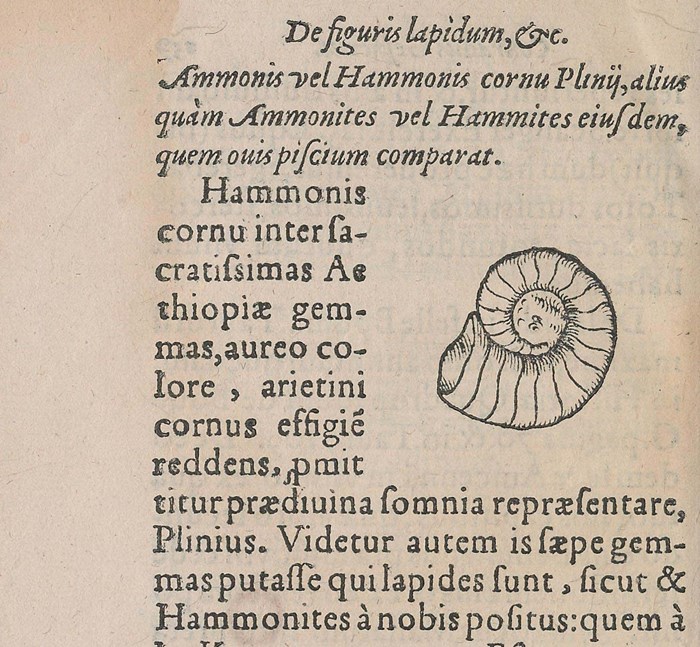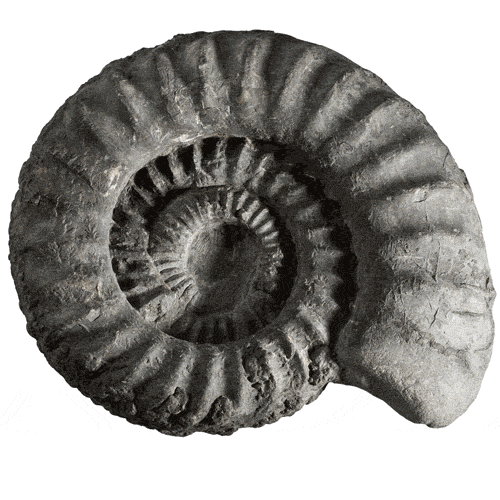Key in a search term below to search our website.
Key in a search term below to search our website.

We now know that ammonites are extinct marine molluscs that lived between 240 and 66 million years ago. Yet, folklore tells a different story...

Fossil ammonite, Hildoceras bifrons from the Jurassic of Whitby, Yorkshire, England
Date
Jurassic
Found
Whitby, Yorkshire, England
Scientific name
Hildoceras bifrons
Museum reference
Did you know?
The ammonite commonly found around Whitby is called Hildoceras in honour of St Hilda.
In Medieval Europe ammonites were known as snakestones because they were thought to resemble petrified curled-up snakes.
Legend has it that St Hilda, the 7th-century Saxon abbess of Whitby, rid the area of snakes by turning them into stone. Enterprising Victorians carved heads onto these ammonite fossils in order to obtain more money for a specimen.
The ammonite commonly found around Whitby is called Hildoceras in honour of St Hilda.
Sir Walter Scott, Marmion, 1808

St Hilda of Whitby is often depicted with ammonites, which, according to legend, were snakes that she turned into stone. © By kind permission of The Principal and Fellows' of St. Hilda’s College, Oxford.
Fossils are particularly difficult to understand without a living equivalent. Therefore some fossils were explained as fabulous creatures having mystical origins and magical powers – others were thought to have fallen from the skies. A popular explanation within the scientific community during the Middle Ages was that fossils were the results of moulding forces in the Earth. They were thought to be crystallisations of mineral salts that sometimes bore a coincidental resemblance to a known living animal.

Image shows a detail from from the 16th-century 'De renum fossilium’ by Swiss naturalist Conrad Gesner. This moved away from myth and connected several fossil objects to living species – although ammonites were still placed alongside snakes.
We now know that ammonites are extinct marine molluscs that are related to octopuses, squid and cuttlefish. They lived between 240 and 66 million years ago

A selection of ammonites from National Museums Scotland collection.